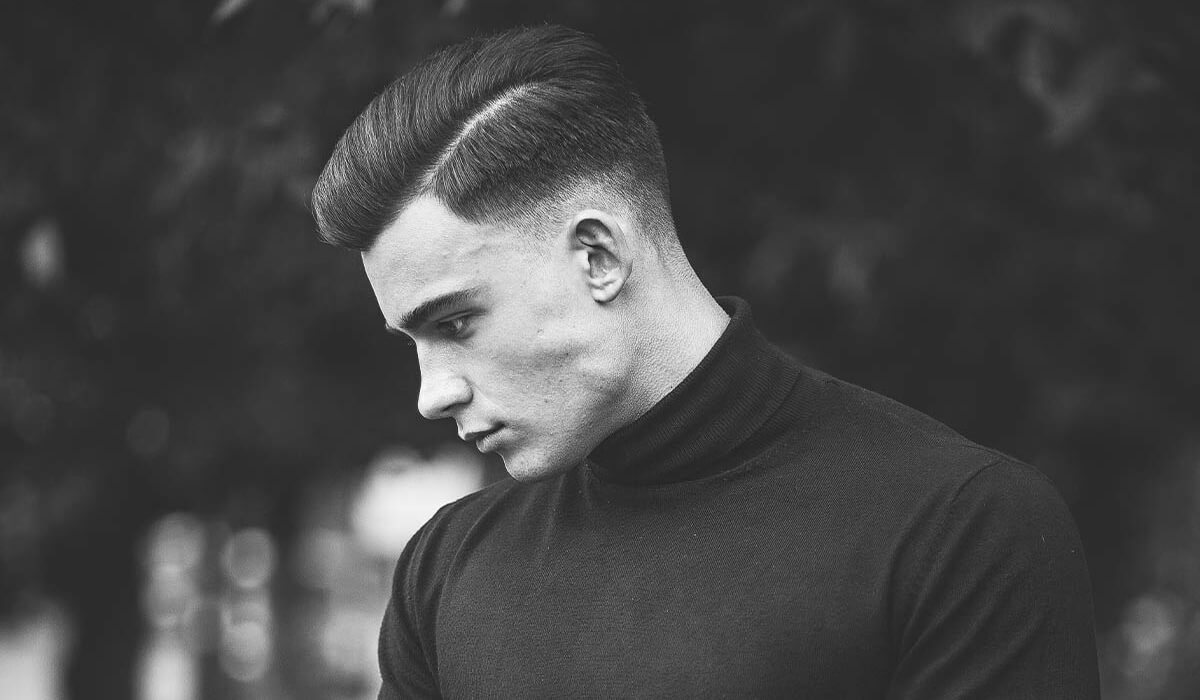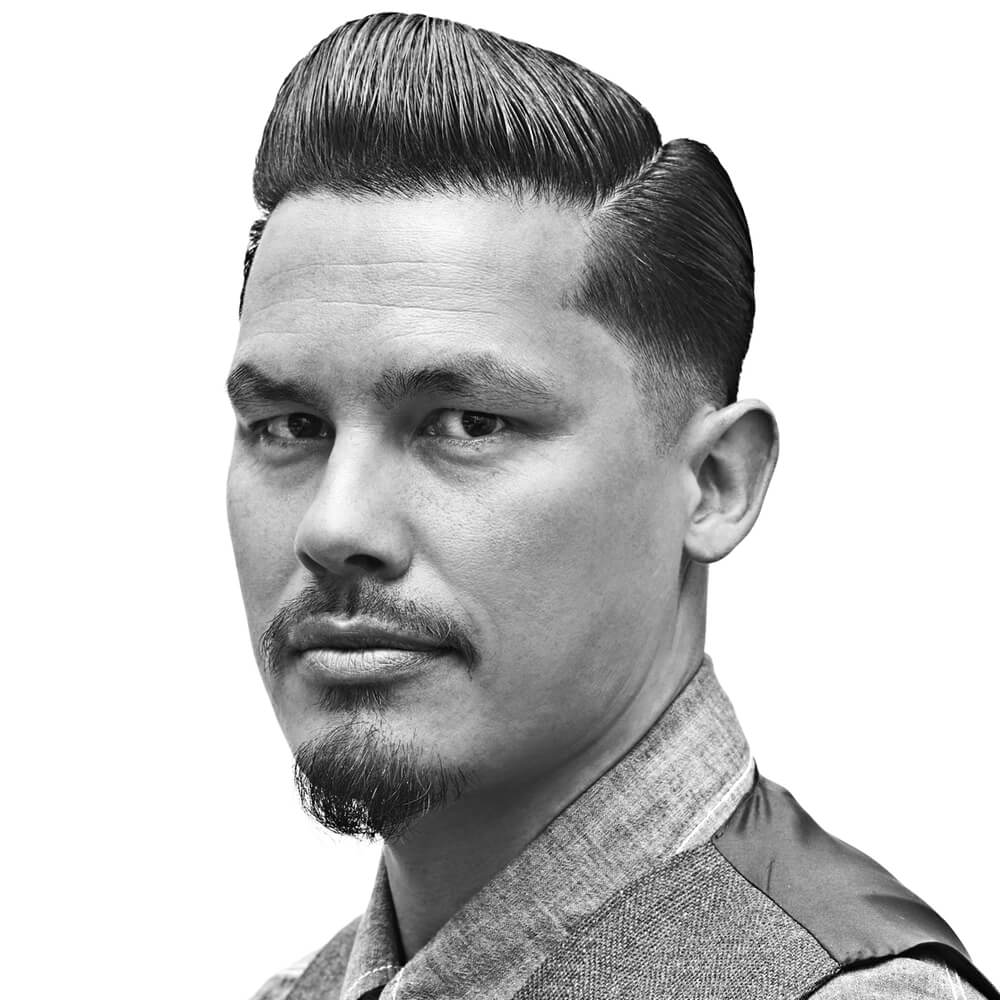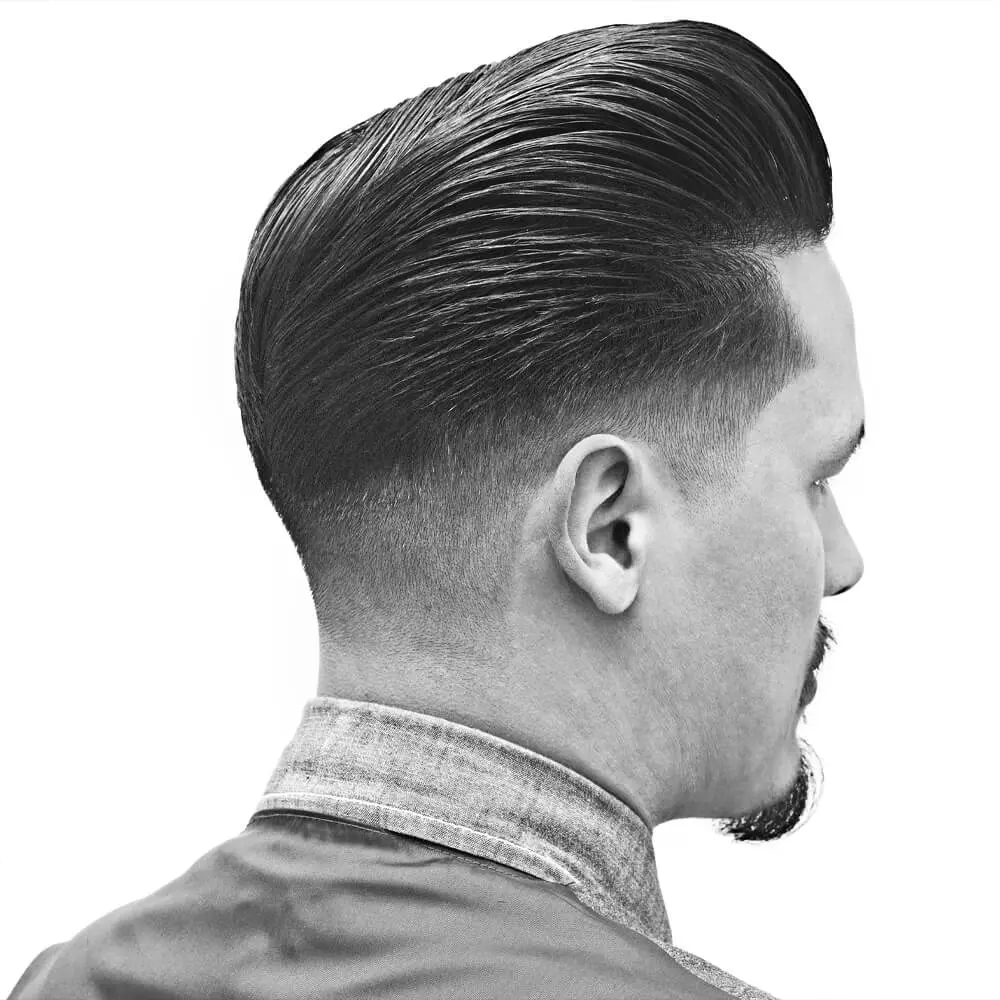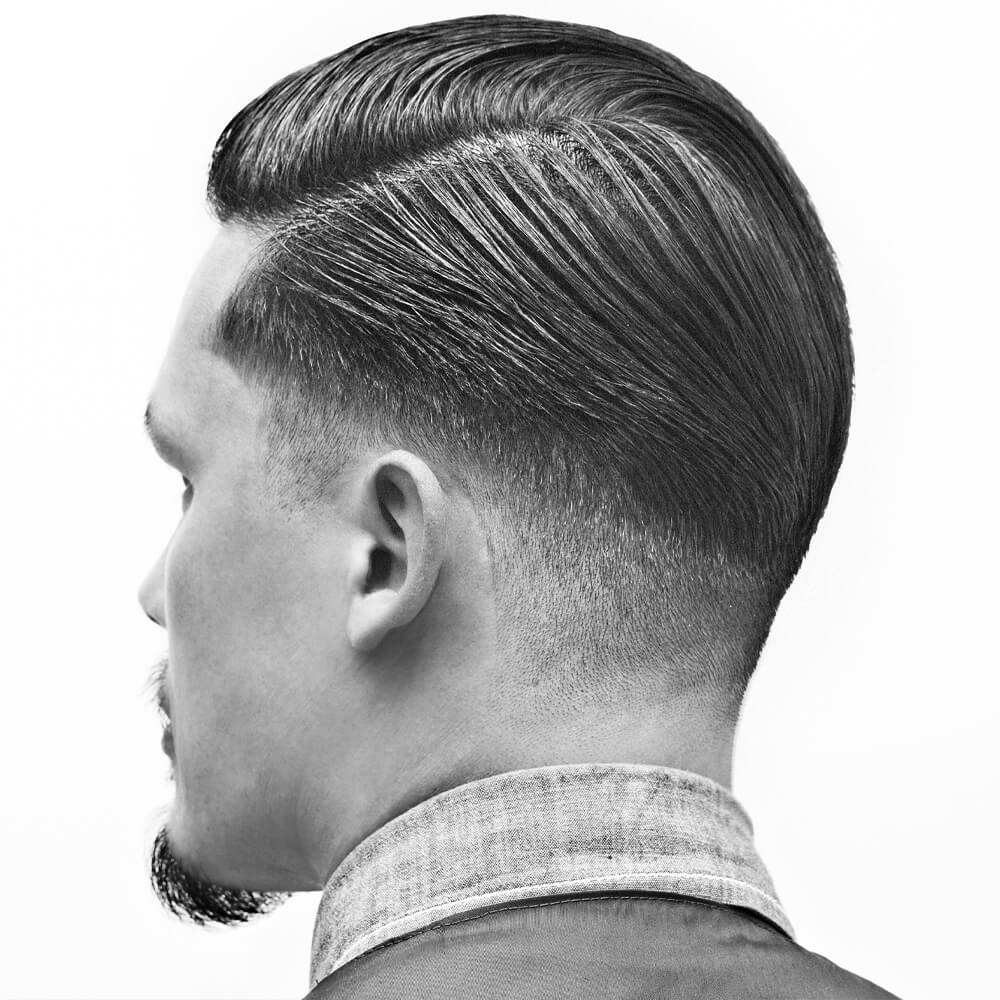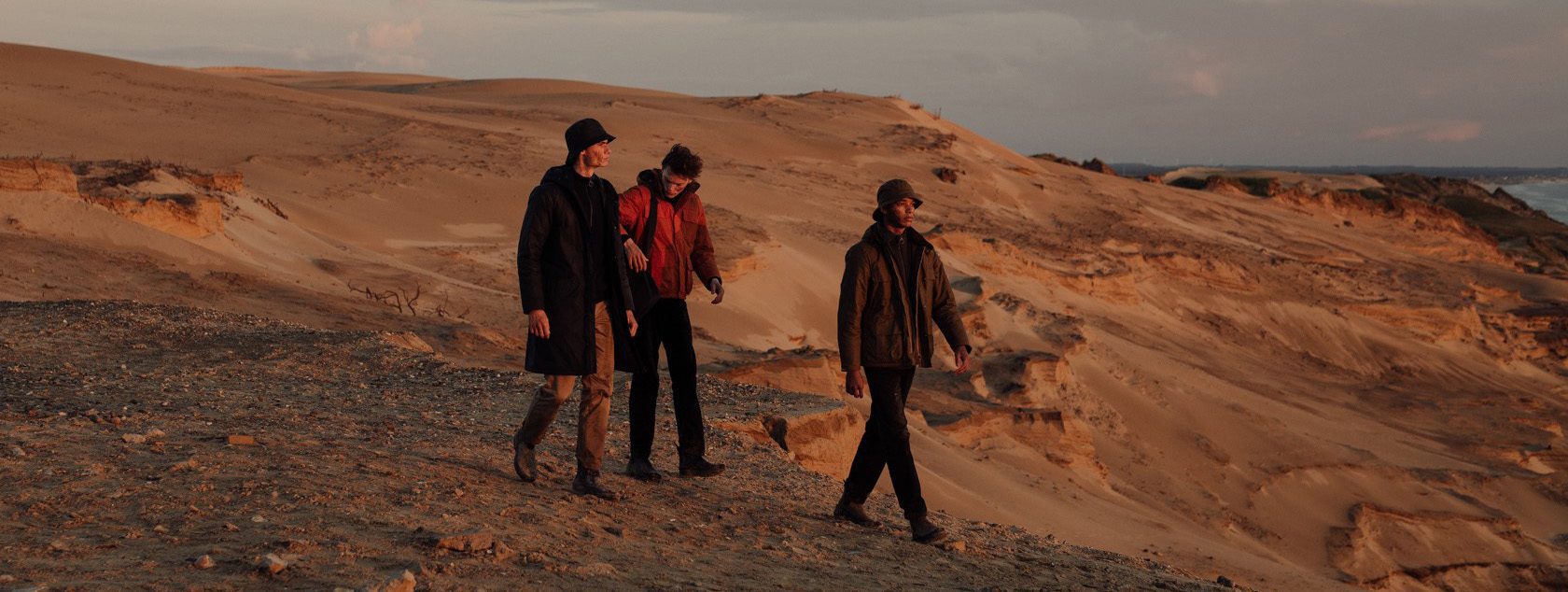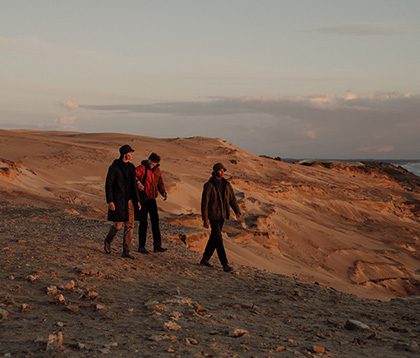Low Fade Haircuts: What They Are & The Best Versions For 2024
Looking to take your hairstyle to the next level? Then it might be time to start thinking about working a low fade into your next trim.
This neat little barbering technique has the power to lend almost any haircut a sharp, modern edge. But where some types of fades can be quite drastic, the low fade offers a subtler route into the world of graduated backs and sides.
Maybe you’re not sure what a fade is, let alone a low one. Or perhaps you’re a seasoned expert in razor-sharp cuts and are simply seeking some inspiration for your next trip to the barbershop. Whichever camp you belong to, we’ll address all of your questions right here.
From who it suits to the best variations around, here’s your complete guide to the low fade.
What Is A Low Fade?
First off, let’s revisit the fundamentals. There’s a common misconception that a fade is a type of haircut. This is not strictly correct. It’s better described as a cutting technique; an element that can be added to a wide rage of hairstyles to achieve a desired look.
To understand what a low fade is, it’s important first to get acquainted with the idea of a fade in general. It’s a technique that allows hair of different lengths to be blended smoothly together, from shorter hair on the back and sides of the head into longer hair on top. When done correctly, it results in a faded appearance, from light at the bottom into dark further up.
The ‘low’ part refers to how far up the back and sides of the head this graduation begins. In a low fade, the graduation from short to long starts just above the ear. Sometimes it drops down behind the ears at the back of the head, which is also referred to as a ‘drop fade’. Generally speaking, though, a low fade begins further down the head, while a high fade, for example, would begin further up, often above the temples.
Will A Low Fade Suit Me?
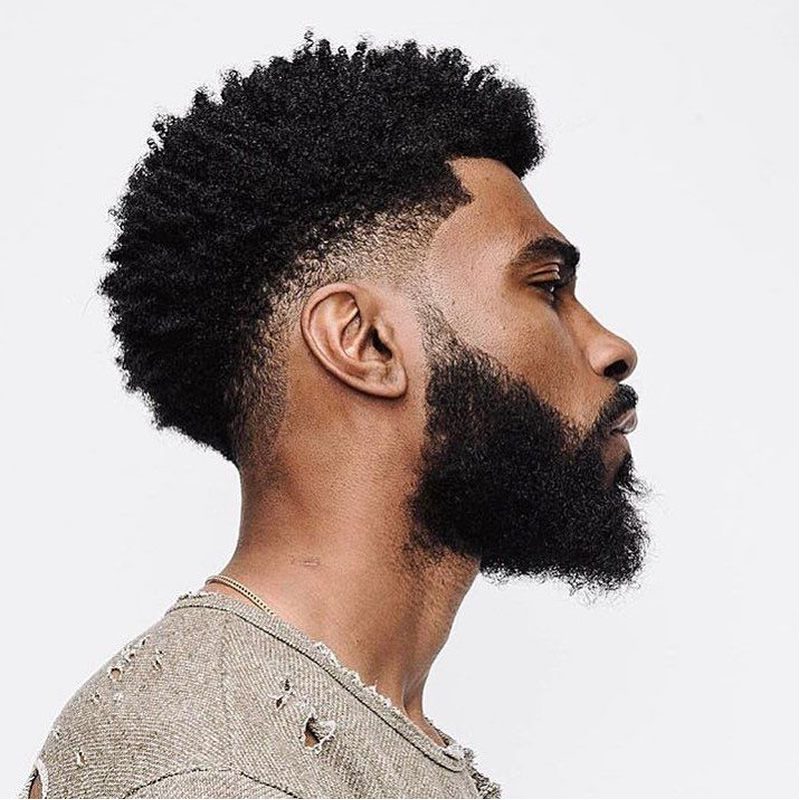
So is a low fade the right choice for you? That depends on a couple of different factors. Firstly, face shape.
Any haircut featuring a low fade will be short on the back and sides by definition. This means there is no scope for balancing out proportions horizontally. This is worth bearing in mind if you have a particularly long face. A low fade can still work for you, but you may want to steer clear of any variations that add too much vertical length. Think pompadours, quiffs and anything with significant volume on top.
Outside of that, a low fade is pretty versatile thanks to the fact that it can be integrated into a variety of hairstyles. That means that whether your face is round, square, heart-shaped, hexagonal or otherwise, you’ll be able to find a low-fade style that works for you.
The only other real consideration is whether you’re willing to commit to the maintenance. A low fade requires frequent visits to the barber in order to stay looking its best, so if you’re strapped for cash or time it may not be your best option.
Key Low Fade Styles
There are endless options when it comes to how to wear your low fade. Pretty much any haircut you could think of can be styled with one, but there are a few time-honoured classics that stand out for us. If you’re struggling to find inspiration, we’d suggest trying one of these failsafe low-fade styles first.
Pompadour With Low Fade
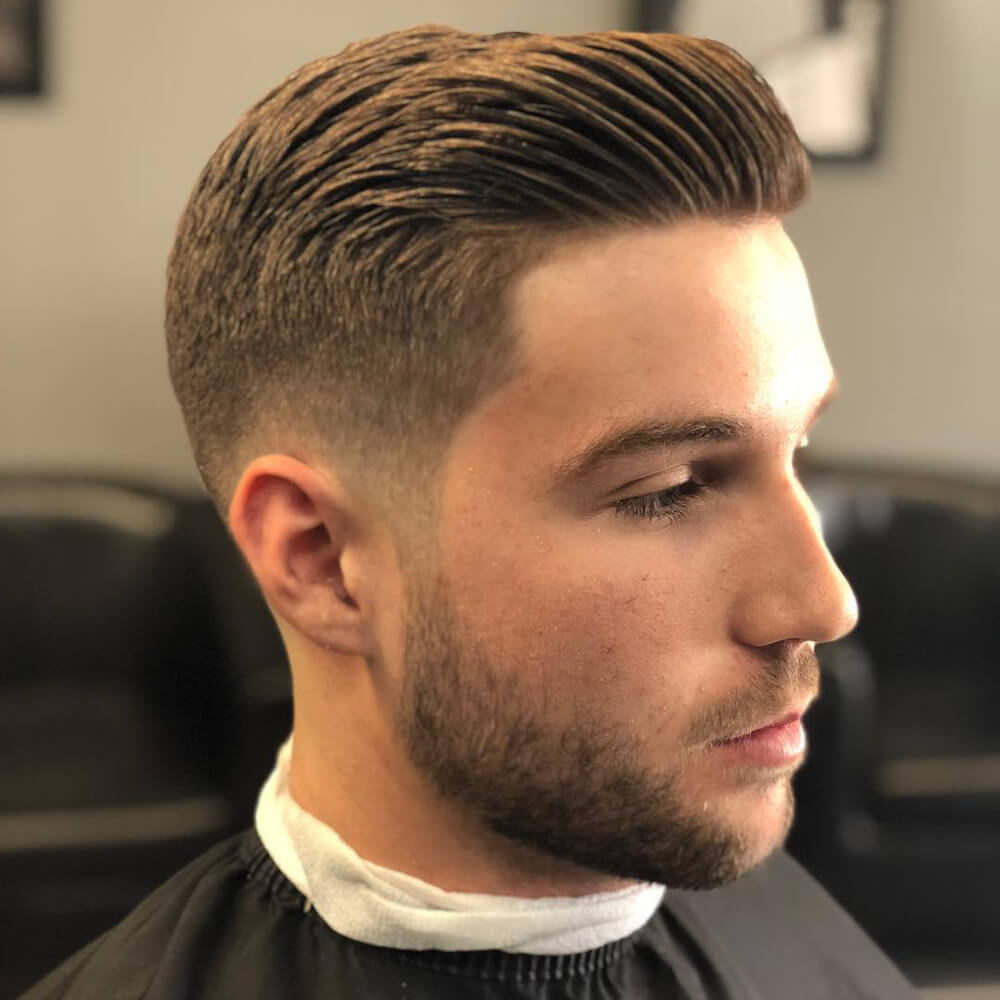
The pompadour is a classic mid-century style made popular by the likes of Elvis Presley and James Dean. It’s still going strong today, albeit with a few modern updates and incorporating a low fade is a great way to give this throwback trim another subtle, contemporary twist.
The hair is swept up, off the face and back over the top of the head. A blow dryer can be used to help with this and some pomade deployed to hold everything in place. The low fade works well with this cut as it’s clean, sharp and modern, but doesn’t deviate too far from that timeless pompadour look.
Crew Cut With Low Fade
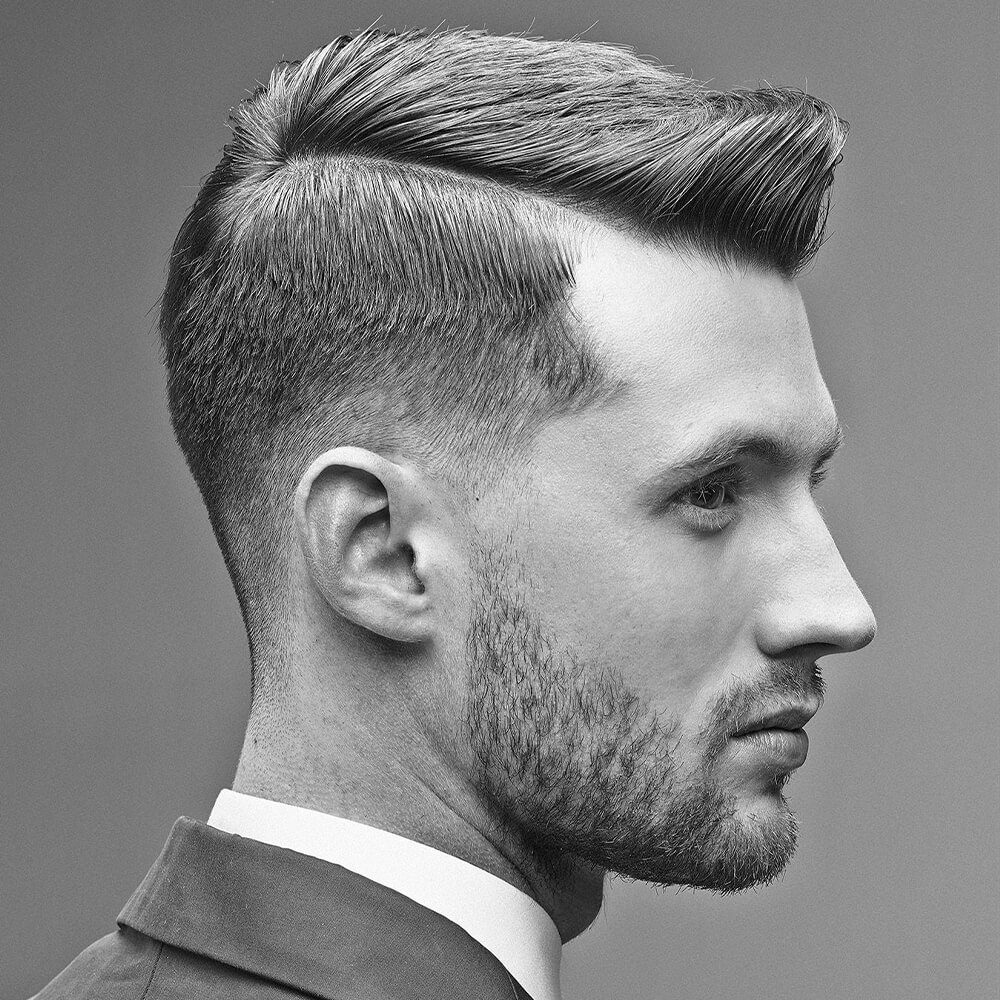
The crew cut is the missionary sex of the hair world; not particularly exciting, but it gets the job done all the same. It’s the default men’s haircut, but by mixing it up and incorporating a low fade, you can give this pedestrian style a new lease of life.
The crew cut itself is very simple. It’s clipped close at the back and sides, and slightly longer on top. It’s the original short-back-and-sides cut, but it’s also something of a blank canvas. Opting for a low fade instead of the set-menu single grade keeps things suitably smart but without straying into boring territory.
Buzz Cut And Low Fade
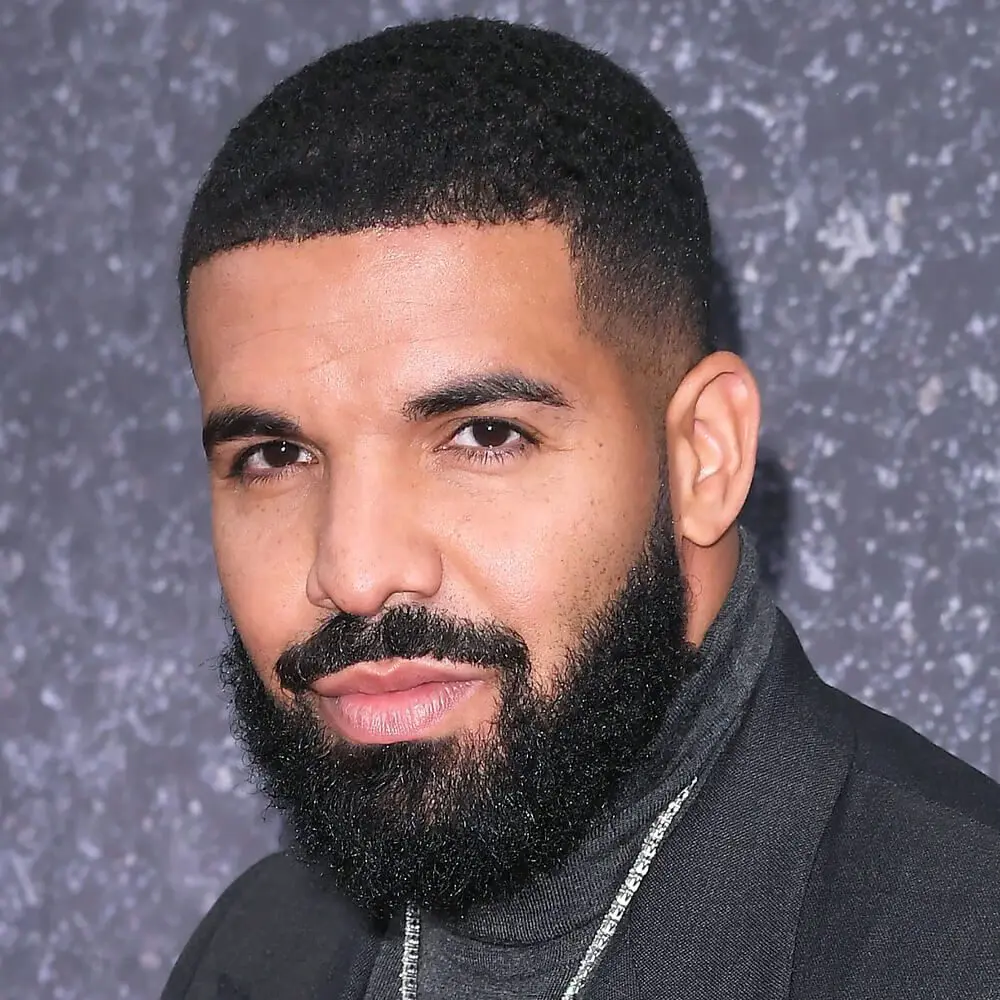
There’s no better hairstyle than a buzz cut when it comes to easy maintenance. This simple all-over cut requires nothing more than a pair of hair clippers to get the job done and there’s no styling necessary, leaving you with plenty of extra time to enjoy your morning coffee.
Incorporating a low fade is a great way to spice a buzz cut up a little without losing any of the benefits. It’s also highly versatile in terms of hair type, perfect for anything from super-fine hair to coarse afro hair. For the latter, a line up could even be added just to make things extra sharp.
Slick Back With Low Fade
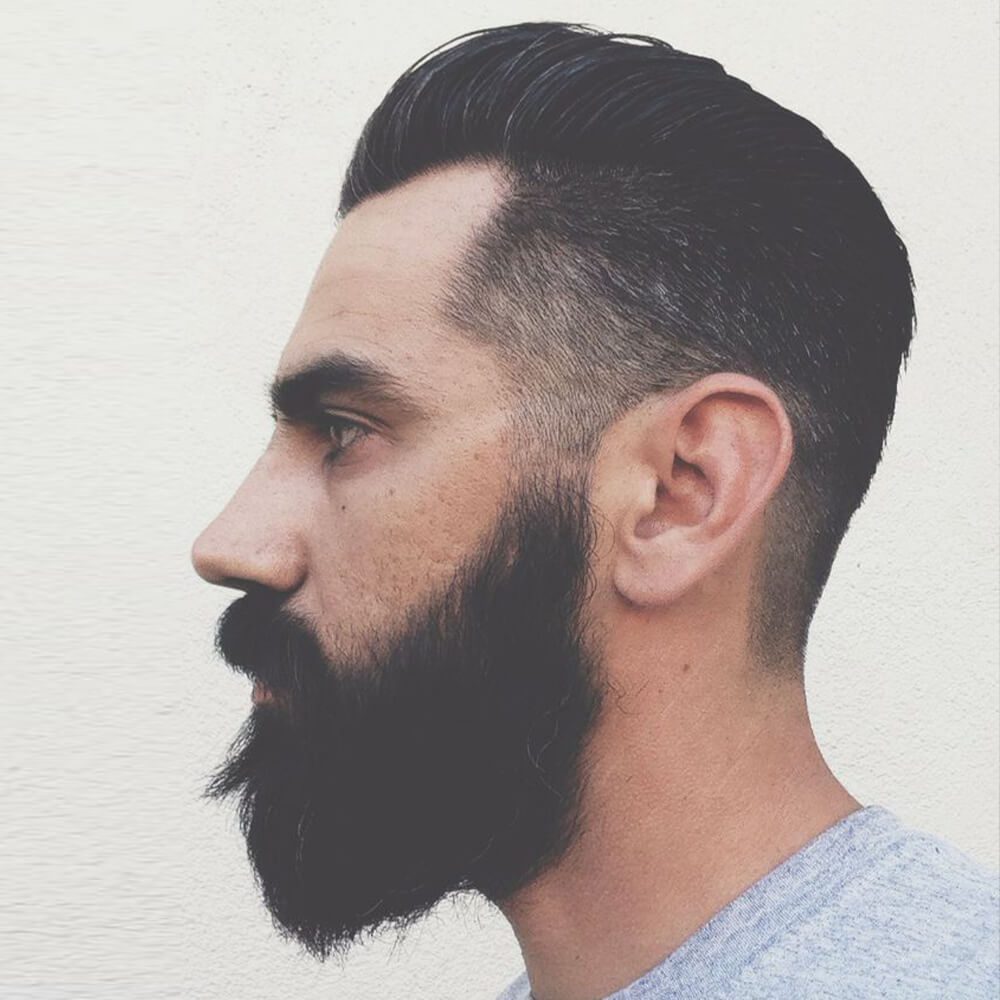
The classic slick back is a cut that’s bursting with attitude. It’s often worn with a disconnected undercut, which gives the style quite a harsh, aggressive appearance. If you’re after something softer, consider the low fade.
The gentle graduation just above the ears retains the slick back’s trademark contrast but achieves a more understated look overall. It’s a great option if you work in a professional environment where extreme haircuts don’t go down well.
